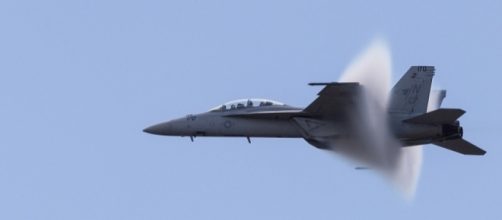In a recent interview, Blake Scholl, the chief executive officer of boom Supersonic, described the firm's recent $33 million financing as allowing the company to build its XB-1 prototype, which will be one-third the size of the ultimate goal, the "Boom jet," which could be sold to air carriers, and used to transport passengers from San Francisco to Tokyo in five hours, as reported by CNBC and TechCrunch.
Mr. Scholl believes that the company's airplanes will be able to set "speed records," and stated that it has everything in place, "technology, suppliers and capital," to transform the dream into reality.
The CEO explained that aircraft makers "rushed into the supersonic age" lacking all the necessary ingredients to do so "efficiently," and described how Boom has its ducks in a row, including recent scientific advancements, to bring supersonic air travel to market in a cost-effective manner.
Planned supersonic jet to fly at 60,000 feet
A previous supersonic aircraft, the Concorde, ran from the 1970s until 2003, which Scholl described as being "too expensive" to operate, and unaffordable to a broad-enough market to enjoy economies of scale. Newly developed materials that can withstand higher heat will allow the Boom jet to fly faster than the Concorde, at 1,451 miles per hour. It is expected that the proposed jet would fly at an altitude of 60,000 feet.
The CEO stated that, at such heights, passengers are able to observe the Earth's curvature, so he incorporated large windows to facilitate panoramic views. Scholl also explained his expectation that passengers will not notice the Boom jet's increased speed, expecting a pleasant flying experience. Additionally, the new jet is expected to be quieter than the Concorde, with newly designed engines that reduce noise.
Goal of bringing supersonic travel to the masses
Creating the same amount of noise as a conventional aircraft, the newly designed engines will be more fuel efficient than the Concorde's, using essentially the same design as regular jets, only more powerful. The Boom Supersonic founder expects tickets to be priced similarly to current "business class fares," seen costing about $5,000 to fly from London to New York City.
Scholl explained the end goal is to make supersonic travel within the reach of "everybody." Perhaps similar to Tesla, Inc.'s (Nasdaq: TSLA) decision to first introduce high-end electric cars, the CEO stated that Boom plans to make supersonic travel available to business class travelers first, and then move to bigger aircraft, bringing prices within the reach of average travelers.

